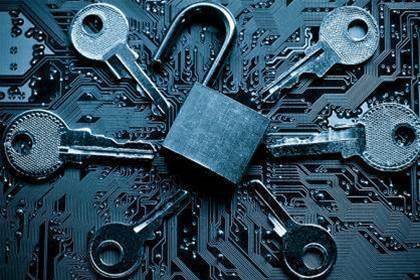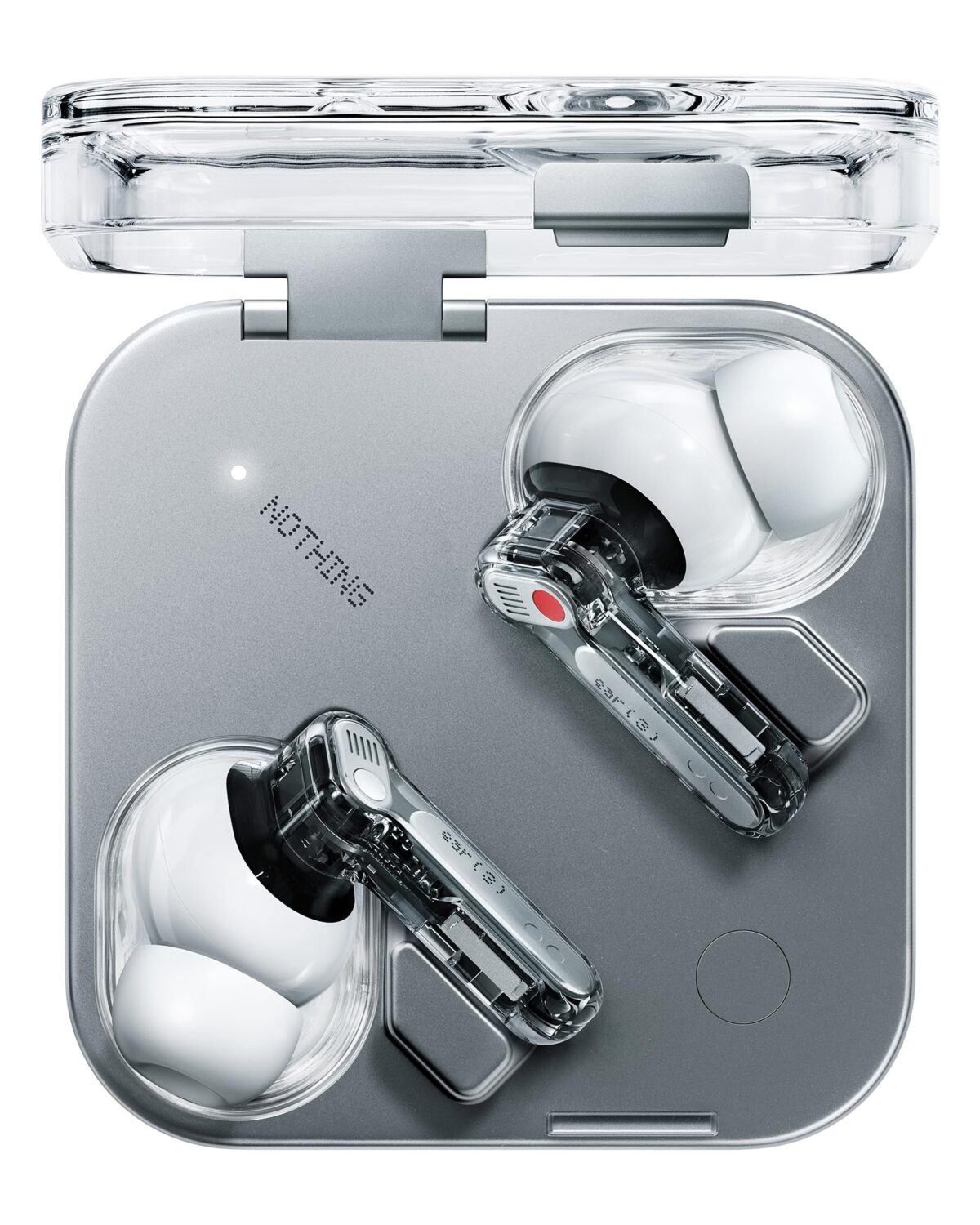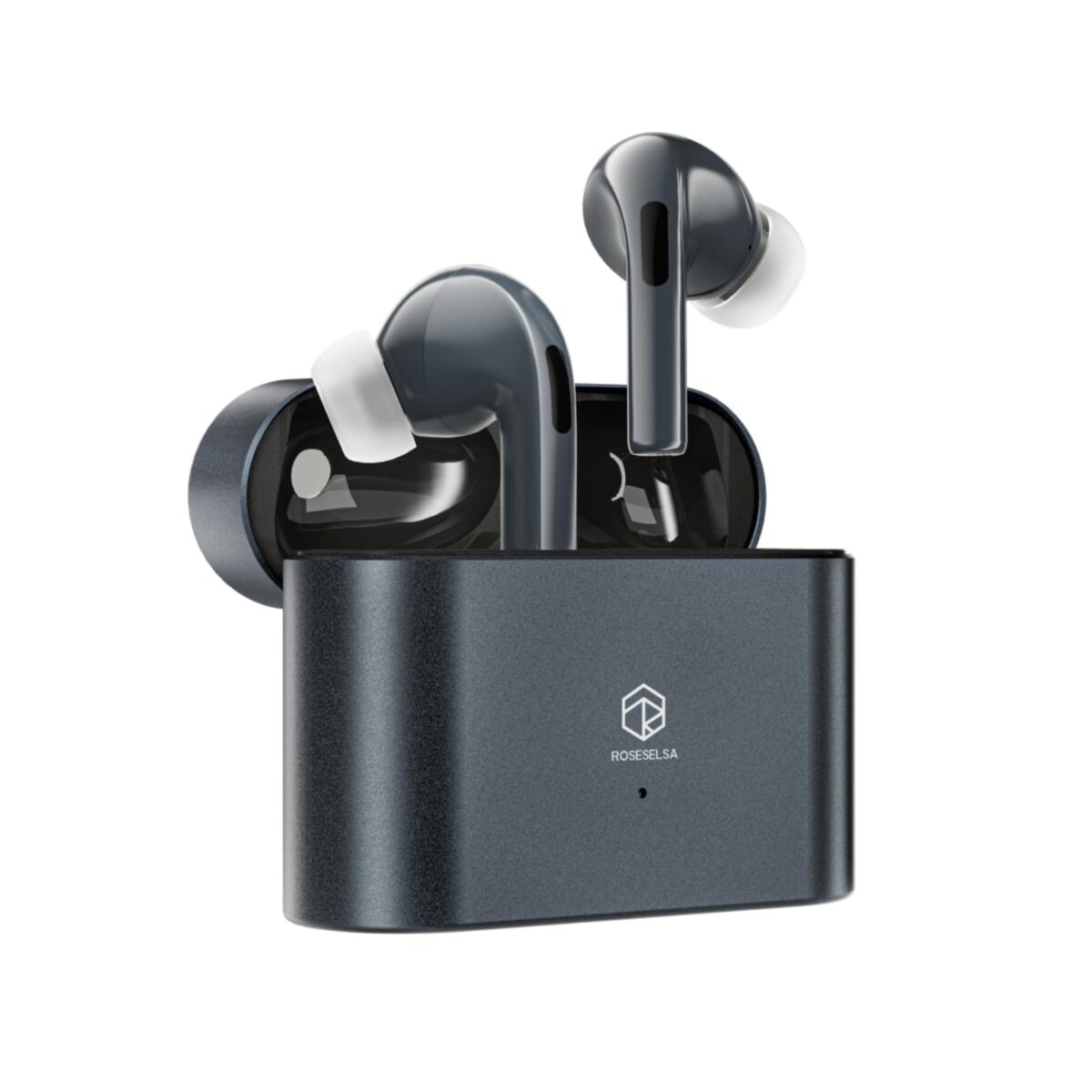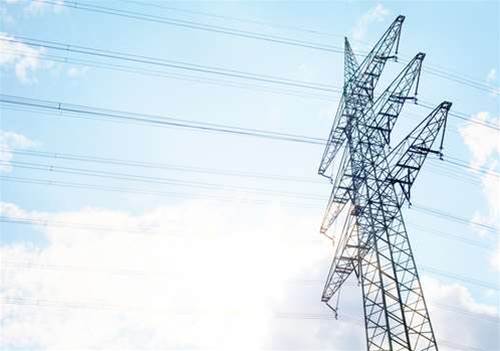Australian Authorities Conduct Raid on WiseTech Following Allegations of Founder’s Share Transactions
We independently review everything we recommend. When you buy through our links, we may earn a commission which is paid directly to our Australia-based writers, editors, and support staff. Thank you for your support!
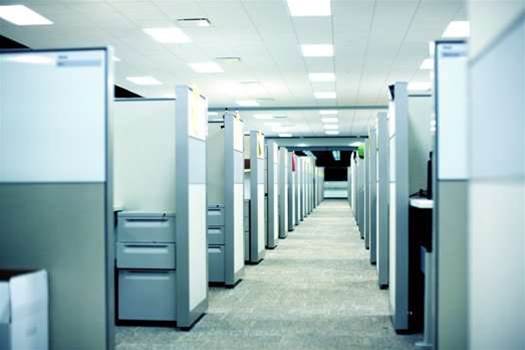
Brief Overview
- Australian authorities have executed a search at WiseTech Global’s Sydney office regarding alleged share transactions.
- Founder Richard White along with three staff members are currently being investigated.
- Share prices have plummeted nearly 17% to reach a six-month low.
- The investigation is a follow-up to Richard White’s contentious return as chairman.
- Reports indicate that shares valued at over $200 million were sold during a blackout phase.
Authorities Conduct Search at WiseTech Global
Australia’s corporate watchdog, the Australian Securities and Investments Commission (ASIC), together with the Australian Federal Police, has carried out a search at WiseTech Global’s Sydney office. This operation forms part of an inquiry into suspected share trading actions by founder Richard White and three other staff members, prompting the company’s shares to plummet to a level not seen in over six months.
Effect on WiseTech Shares
Following the search, WiseTech’s stock experienced a severe decline, dropping nearly 17% to $73.69, marking its lowest value in over six months. This drastic fall illustrates the market’s response to the ongoing inquiry and the gravity of the allegations.
Allegation Details
The claims against Richard White and his colleagues concern improper trading of WiseTech shares from late 2024 until early 2025. Reports suggest that White may have disposed of shares worth over $200 million during a blackout period, neglecting to inform the market as mandated.
Context and Governance Issues
WiseTech has been under observation since February, when ASIC initiated preliminary investigations following a mass departure of executives and White’s unanticipated return as chairman. The company has encountered ongoing governance difficulties, contributing to a 40% decrease in share value this year.
Conclusion
The search at WiseTech Global highlights serious accusations against founder Richard White and others, with possible implications for the company’s governance and market position. As inquiries progress, WiseTech is under considerable pressure to tackle these challenges and re-establish shareholder trust.




